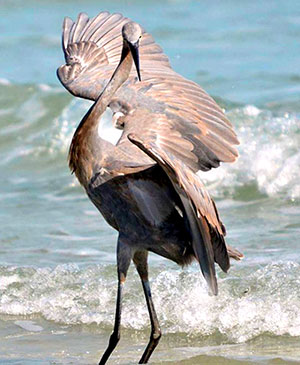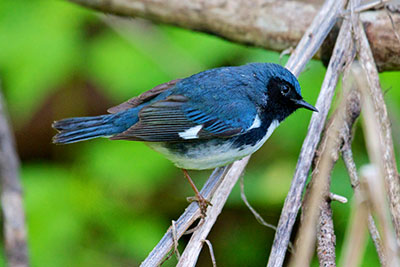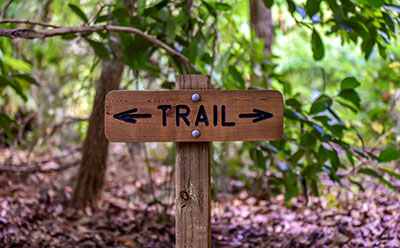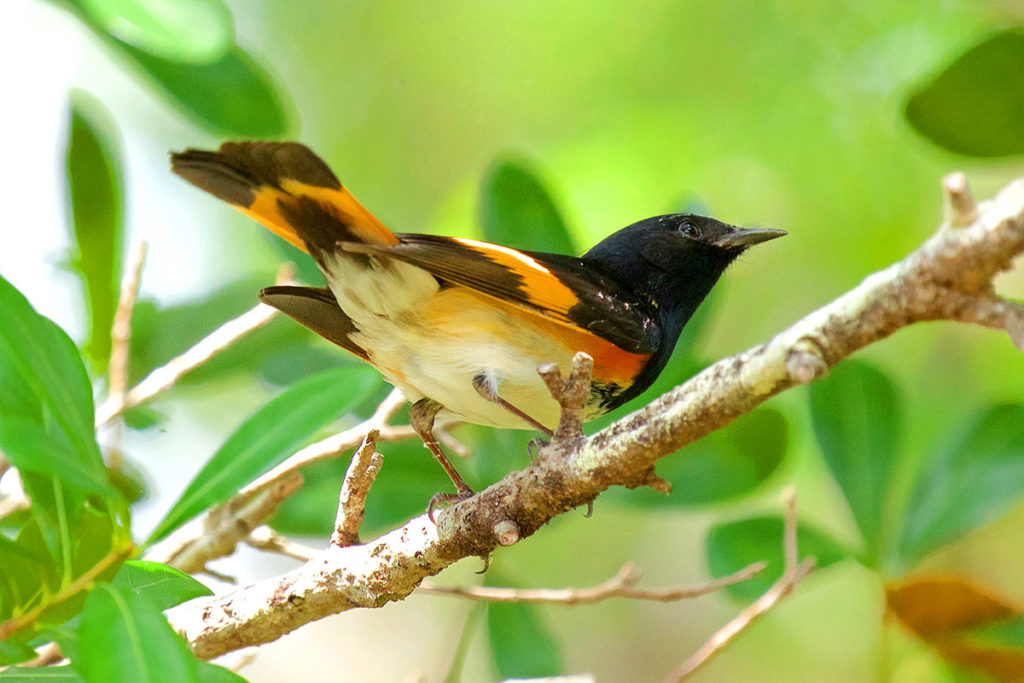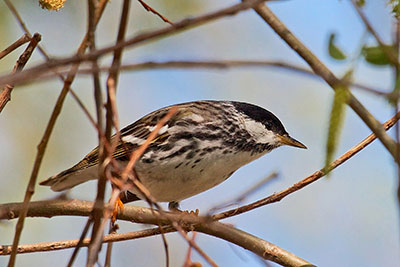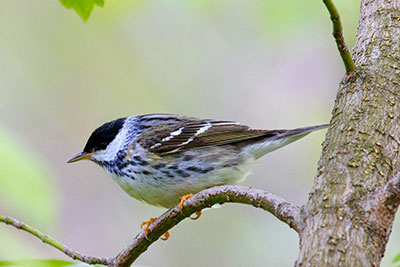Birds to see in spring on the Treasure Coast
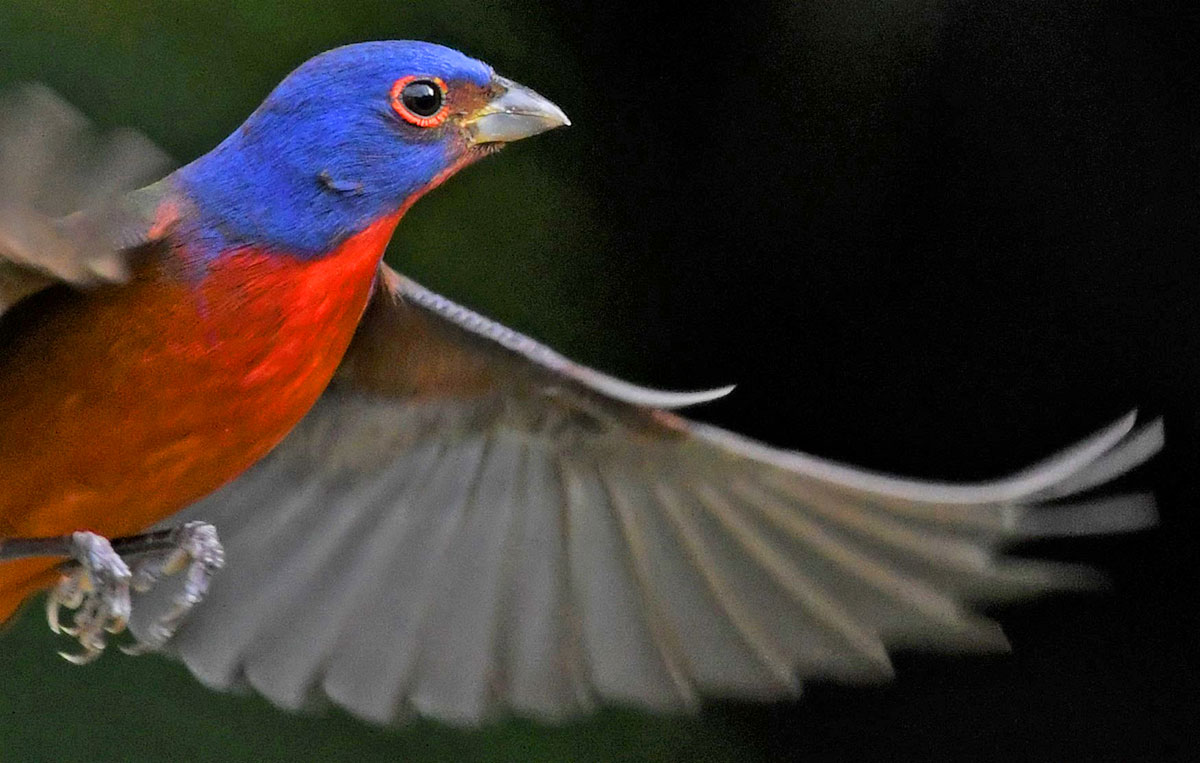
BY JOHN NELSON
Snowbirds aren’t the only ones who love Florida. Migrating birds love it, too. The Treasure Coast can be a birding haven, especially as our migratory birds pass through and our year-round feathered friends congregate at feeders and their favorite natural settings. As spring migration happens, many birds are in their colorful breeding plumage. We’ve compiled a list here of some of our favorite locations at which to see them this spring on the Treasure Coast — along with some tips for creating a haven for birds in your own backyard.
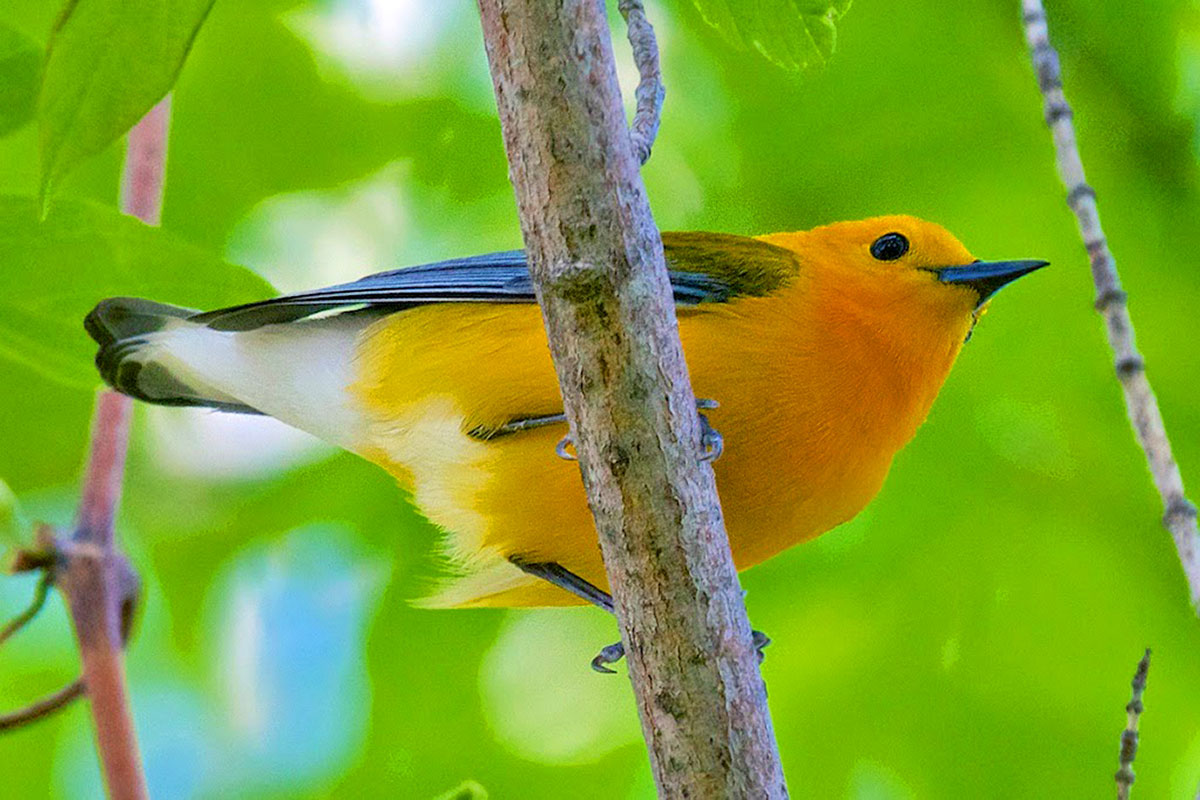
For your next birding adventure, check out:
• Jonathan Dickinson State Park, 16450 SE Federal Hwy, Hobe Sound, 772.546.2771
• Fort Pierce Inlet State Park, 905 Shorewinds Dr., Fort Pierce, 772.468.3985
• Captain Forster Hammock Preserve , 8610 Jungle Trail, Vero Beach
• Hawk’s Bluff Trail , Savannas Preserve State Park, 4698 NE Savannah Rd., Jensen Beach, 772.398.2779
• Possum Long Nature Center , 621 SE Palm Beach Rd., Stuart, 772.288.2637
• Savannas Preserve State Park , 2541 SE Walton Road, Port St. Lucie, 772.398.2779
• D.J. Wilcox Preserve , 300 Michigan St., Fort Pierce, 772.462.2526
• Weldon B. Lewis Park, Ancient Oaks Preserve, 4650 Oleander Ave., Fort Pierce, 772.462.2110
Each of these locations offers something special and unique to our area — and we have dozens of other terrific parks in addition to the list above. Any area that has ficus, oaks, and good size deciduous trees are great locations for seeing migrating birds, especially near water.
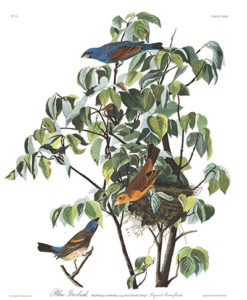
PLENTY TO SEE
Ovenbirds, black and white warblers, American redstarts, Cape May warblers, blackpoll warbler and black-throated blue warblers are just a few of the species you may see as you set out on your spring birding adventure. In addition to warblers, both summer and scarlet tanager regularly pass through our area, as well as both rose-breasted and blue grosbeak. Yellow-throated and red-eyed vireo may also be found. The peak time for songbird migration along the Treasure Coast is from early April though early May. If you’re looking for larger birds, hawks, falcons and kites also migrate through our area in spring. Our beaches are another great place to see birds: brown pelicans, several species of seagulls, terns, plovers, sandpipers, and other shorebirds can all be seen on our coastal shores.
You don’t have to be an expert birder to enjoy bird watching. A pair of binoculars, comfortable clothing, sturdy walking shoes and a field guide can start you off on the right path. If you need help identifying the birds you see, try using a field guide such as The Sibley Guide to Birds or National Audubon Society Field Guides. There are also apps you can use: Merlin and eBird can help you identify and record the birds you’re seeing.
IN YOUR OWN BACKYARD
In addition to our preserves and parks, try watching for birds in your own backyard. You surely can make your yard a place that attracts birds during their migration. Hang birdhouses and feeders in your trees. Have your garden reflect a natural setting. Provide access to a water source, such as a bird bath or small pond. Create perching and roosting locations. Install native plants, which provide insect food and habitat for birds. Your local nursery will be able to guide you in your selection. The Native Plant Society in our region is also an excellent resource and the Audubon Native Plant Database is also a wonderful way to find what’s right for your yard.
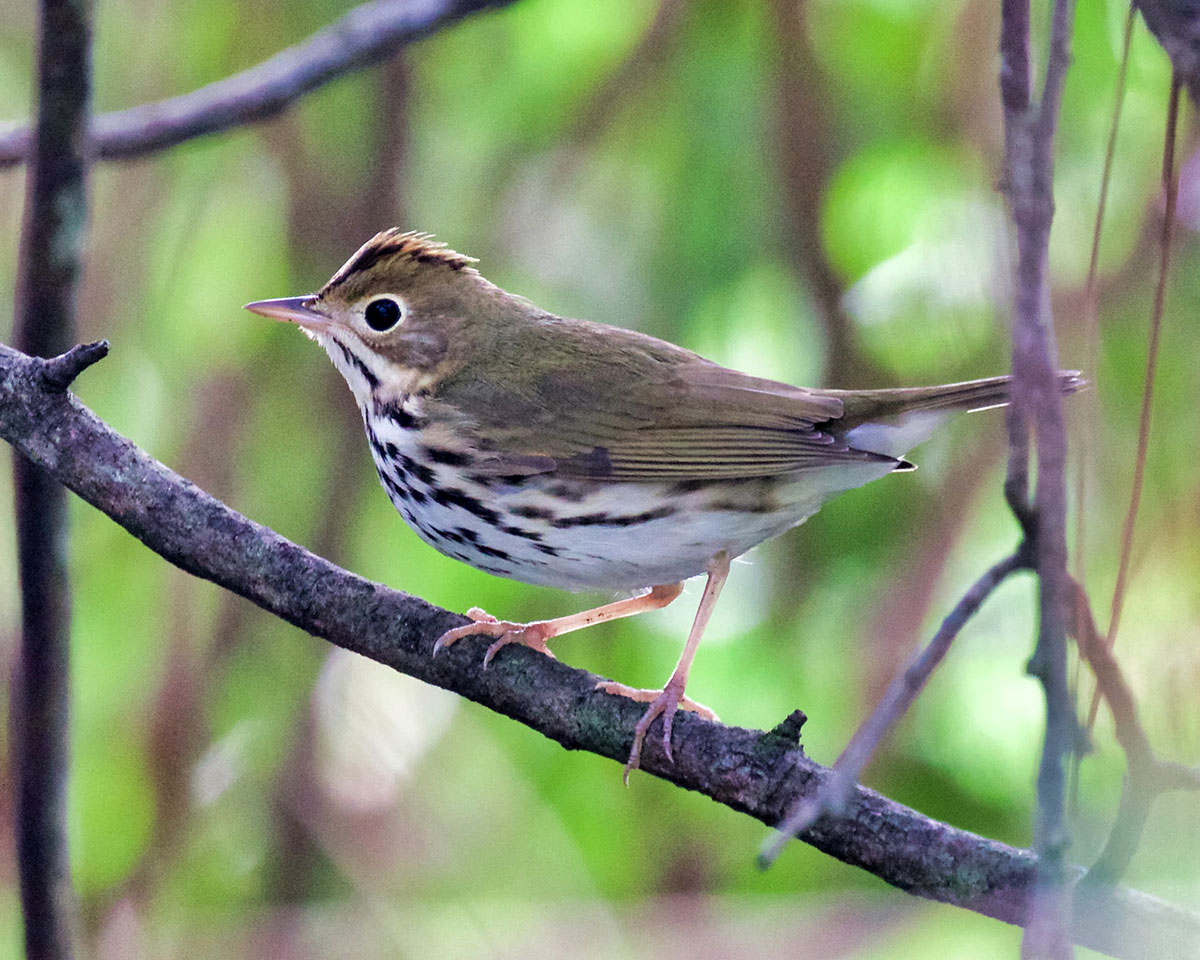
Birding is a great way to introduce kids and adults alike to the wonders of nature. The abundance of birds is a great barometer of the overall health of our environment, and, unlike many other types of wildlife, they are easily attracted to our own yards. So, go ahead and let your interest in birds take flight. It’s one activity that you can enjoy even if you’re ‘winging it.’
ABOUT THE WRITER
John Nelson is the voice of The Audubon Moment heard on Florida Public Radio, and the president of Audubon of Martin County. He lives in Palm City with his wife, two dogs and a backyard filled with feathered friends.

